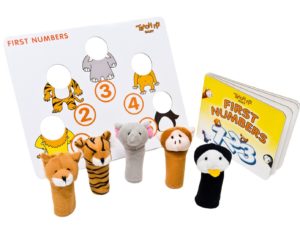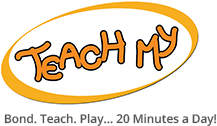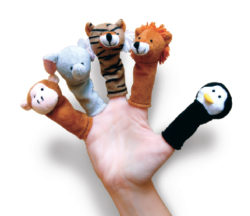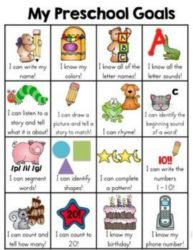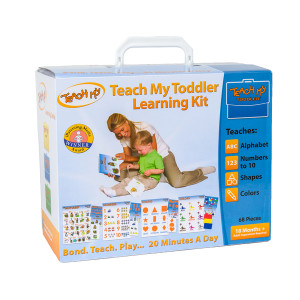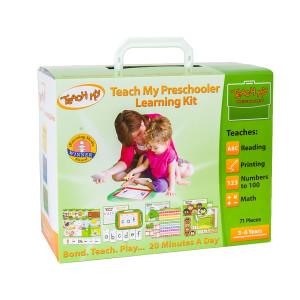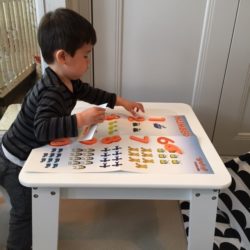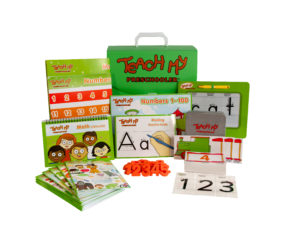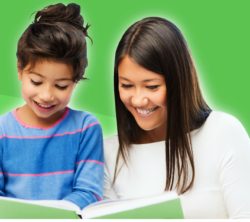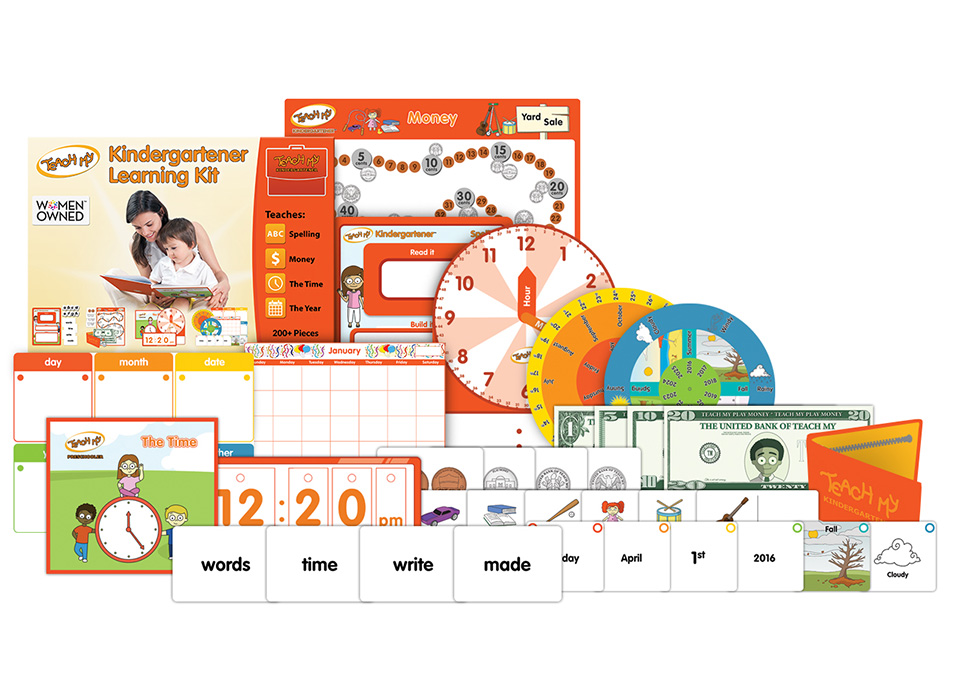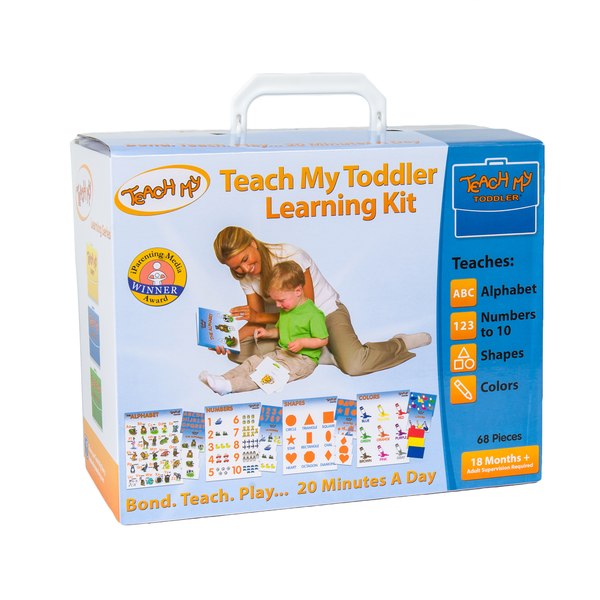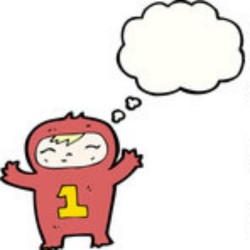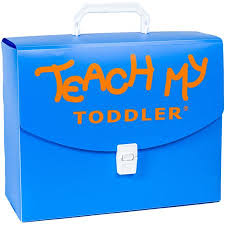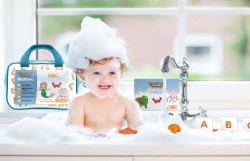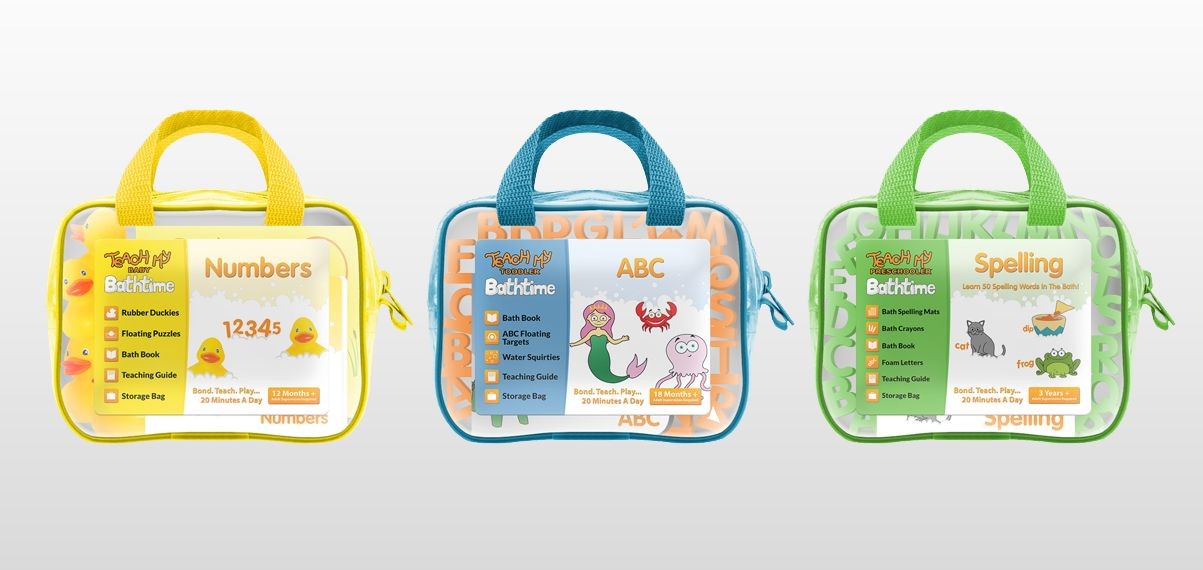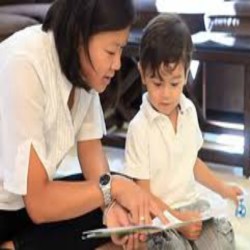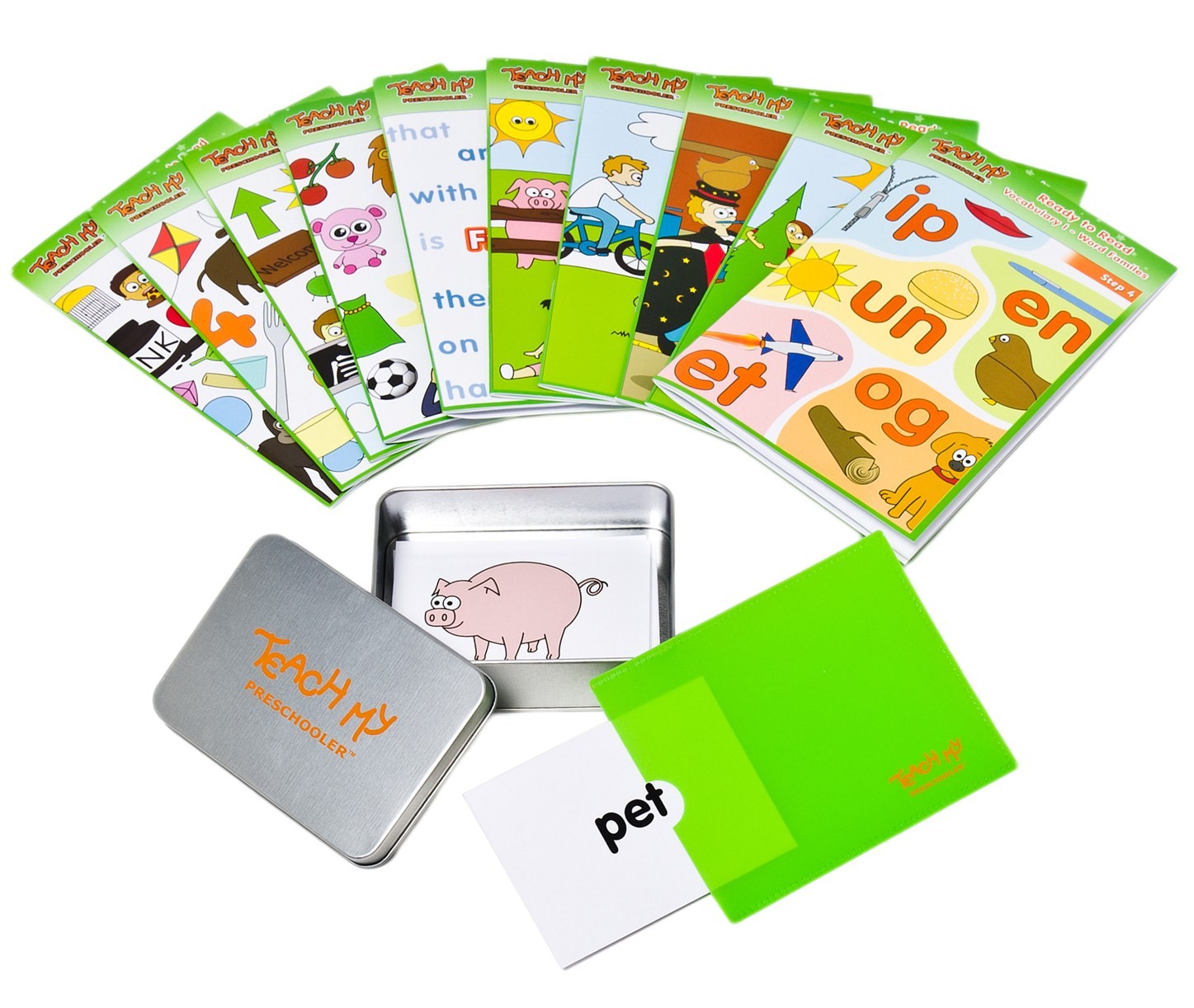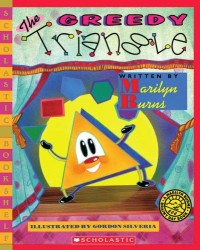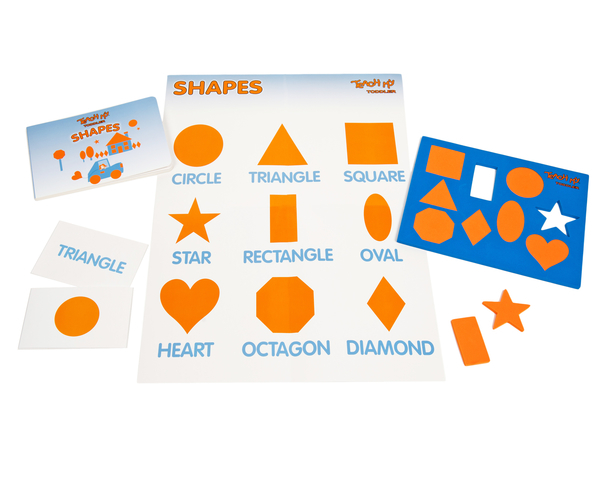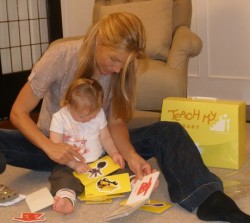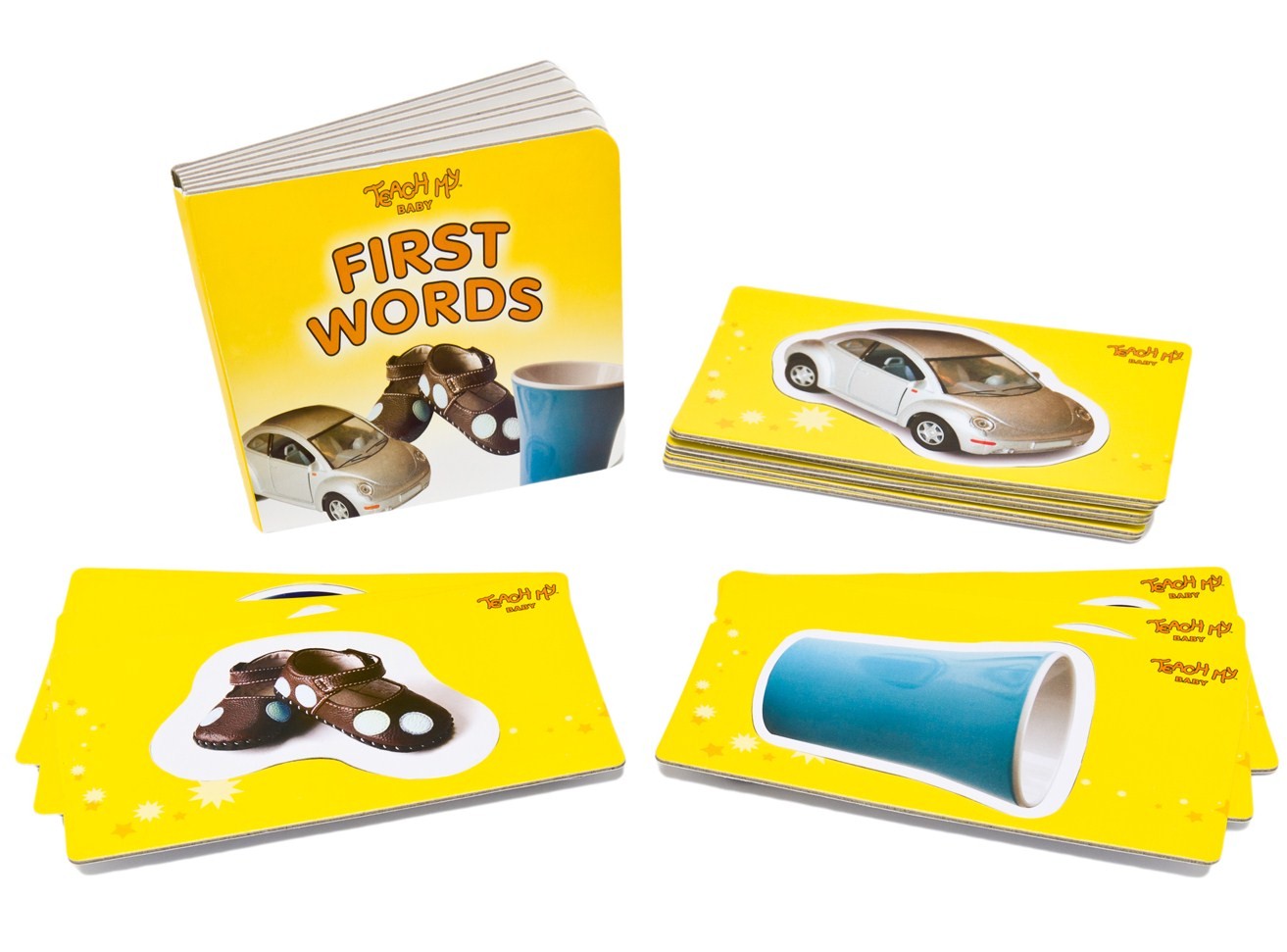Counting On Fingers
Counting on fingers is a great way to teach babies their first numbers. Can you believe there is real educational value in counting on fingers? Noteworthy, evidence suggests that counting on fingers is essential for mathematical success.
Jo Boaler, a Stanford University professor wrote in The Atlantic that researchers found first graders with a strong knowledge of their fingers scored higher on number comparison and estimation in the second grade.
The researchers found that when 6-year old children improved their ability to count on fingers, they improved their overall knowledge of math. In particular, counting and number ordering improved.
Consequently, the quality of the 6-year-old’s finger counting was a better predictor of future performance on math tests than their scores on tests of cognitive processing through thoughts, experiences, and senses.
Finger research is part of larger research that has looked at the importance of visual math. Researchers have discovered that our mathematical thinking is part of visual processing. Many believe that students who develop their visual mind will be well equipped for the new high tech workplace.
Start early by encouraging visual math with counting on fingers and Teach My Baby. The Teach My Baby Learning Kit introduces your baby to numbers and counting to 5. By using a hand and finger puppets, the concept of counting on fingers becomes real.
In just 20 minutes a day, your baby can master their first numbers. Use the coordinated book, storyboard and five finger puppets together to encourage early education, interaction and fun, educational play. Teach My Baby has everything you need to encourage counting on fingers, give your baby’s numeracy skills a head start and teach counting!
